NASA Spacecraft Finds New Magnetic Process in Turbulent Space
Though close to home, the space immediately around Earth is full of hidden secrets and invisible processes. In a new discovery reported in the journal Nature, scientists working with NASA’s Magnetospheric Multiscale spacecraft — MMS — have uncovered a new type of magnetic event in our near-Earth environment by using an innovative technique to squeeze extra information out of the data.
Magnetic reconnection is one of the most important processes in the space — filled with charged particles known as plasma — around Earth. This fundamental process dissipates magnetic energy and propels charged particles, both of which contribute to a dynamic space weather system that scientists want to better understand, and even someday predict, as we do terrestrial weather. Reconnection occurs when crossed magnetic field lines snap, explosively flinging away nearby particles at high speeds. The new discovery found reconnection where it has never been seen before — in turbulent plasma.
Overview video - NASA Spacecraft Discovers New Magnetic Process in Turbulent Space
Complete transcript available.
Credit: NASA's Goddard Space Flight Center/Joy Ng
Music credits: ‘Think Tank’ and ‘Natural Time Cycles’ by Laurent Dury from Killer Tracks
Watch this video on the NASA Goddard YouTube channel.
Conceptual animation - Explosive Magnetic Reconnection in Turbulent Plasma
In a turbulent magnetic environment, magnetic field lines become scrambled. As the field lines cross, intense electric currents (shown here as bright regions) form and eventually trigger magnetic reconnection (indicated by a flash), which is an explosive event that releases magnetic energy accumulated in the current layers and ejects high-speed bi-directional jets of electrons. NASA’s Magnetospheric Multiscale mission witnessed this process in action as it flew through the electron jets the turbulent boundary just at the edge of Earth’s magnetic environment.
Credit: NASA Goddard’s Conceptual Image Lab/Lisa Poje
Simulations by: University of Chicago/Colby Haggerty; University of Delaware/Tulasi Parashar
Watch this video on the NASA.gov Video YouTube channel.
Conceptual animation - Exploring Turbulent Space Around Earth
Earth is surrounded by a protective magnetic environment — the magnetosphere —shown here in blue, which deflects a supersonic stream of charged particles from the Sun, known as the solar wind. As the particles flow around the Earth’s magnetosphere, it forms a highly turbulent boundary layer called the magnetosheath, shown in yellow. Scientists, like those involved with NASA’s Magnetospheric Multiscale mission, are studying this turbulent region to help us learn more about our dynamic space environment.
Credit: NASA Goddard/Mary Pat Hrybyk-Keith; NASA Goddard’s Conceptual Image Lab/Josh Masters
Watch this video on the NASA.gov Video YouTube channel.

Still image - Exploring Turbulent Space Around Earth
Earth is surrounded by a protective magnetic environment — the magnetosphere —shown here in blue, which deflects a supersonic stream of charged particles from the Sun, known as the solar wind. As the particles flow around the Earth’s magnetosphere, it forms a highly turbulent boundary layer called the magnetosheath, shown in yellow. Scientists, like those involved with NASA’s Magnetospheric Multiscale mission, are studying this turbulent region to help us learn more about our dynamic space environment.
Credit: NASA's Goddard Space Flight Center/Mary Pat Hrybyk-Keith

GIF optimized for Twitter
The four identical MMS spacecraft — flying through this region in a tight pyramid formation — saw the event in 3-D. The arrows in the data visualization below show the hundreds of observations MMS took to measure the changes in particle motion and the magnetic field.
Credit: NASA's Scientific Visualization Studio/Tom Bridgman

GIF optimized for Twitter
In a turbulent magnetic environment, magnetic field lines become scrambled. As the field lines cross, intense electric currents (shown here as bright regions) form and eventually trigger magnetic reconnection (indicated by a flash), which is an explosive event that releases magnetic energy accumulated in the current layers and ejects high-speed bi-directional jets of electrons. NASA’s Magnetospheric Multiscale mission witnessed this process in action as it flew through the electron jets the turbulent boundary just at the edge of Earth’s magnetic environment.
Credit: NASA Goddard’s Conceptual Image Lab/Lisa Poje
Simulations by: University of Chicago/Colby Haggerty; University of Delaware/Tulasi Parashar

GIF optimized for Twitter
For the first time, magnetic reconnection was seen in the magnetosheath — the boundary between our magnetosphere and the solar wind that flows throughout the solar system and one of the most turbulent regions in near-Earth space.
Credit: NASA Goddard/Mary Pat Hrybyk-Keith; NASA Goddard’s Conceptual Image Lab/Josh Masters

GIF optimized for Twitter
Just as gravity is one key to how things move on Earth, a process called magnetic reconnection is key to how electrically-charged particles speed through space. Scientists have observed this phenomenon many times in Earth’s vast magnetic environment, the magnetosphere.
Credit: NASA Goddard's Conceptual Image Lab
For More Information
See the following sources:
Credits
Please give credit for this item to:
NASA's Goddard Space Flight Center
-
Scientists
- Tai Phan (University of California at Berkeley)
- James Drake (University of Maryland)
- Michael Shay (University of Delaware)
- Jonathan Eastwood (Imperial College London)
-
Producer
- Joy Ng (USRA)
-
Writer
- Mara Johnson-Groh (Wyle Information Systems)
-
Data visualizer
- Tom Bridgman (Global Science and Technology, Inc.)
-
Animators
- Lisa Poje (Freelance)
- Josh Masters (USRA)
- Walt Feimer (KBR Wyle Services, LLC)
- Brian Monroe (USRA)
- Joy Ng (USRA)
-
Graphic designer
- Mary P. Hrybyk-Keith (TRAX International)
-
Visualizers
- Colby Haggerty (University of Chicago)
- Ashley Michini (University of Pennsylvania)
- Tulasi Parashar (University of Delaware)
-
Technical support
- Aaron E. Lepsch (ADNET Systems, Inc.)
Release date
This page was originally published on Wednesday, May 9, 2018.
This page was last updated on Wednesday, May 3, 2023 at 1:46 PM EDT.
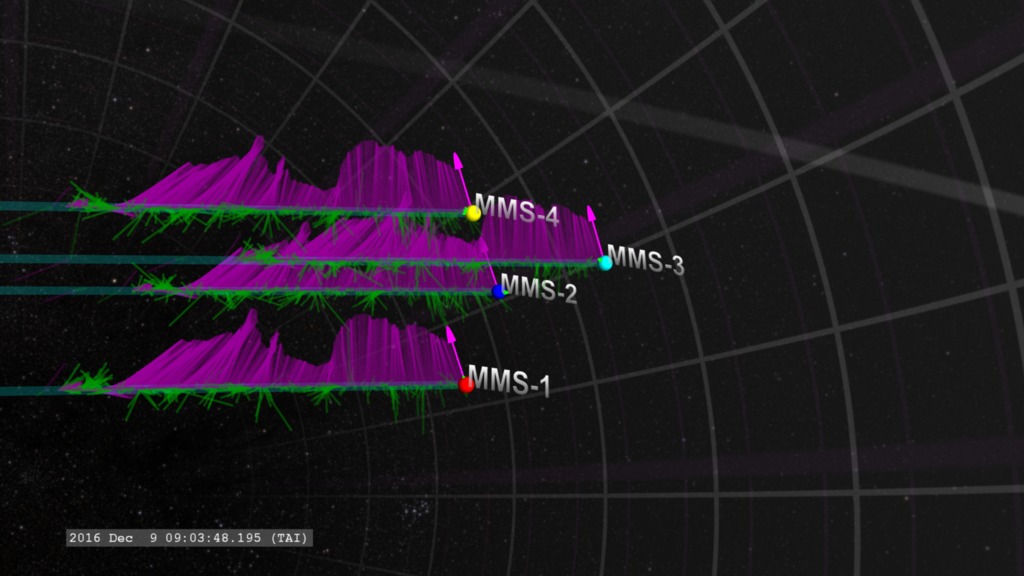
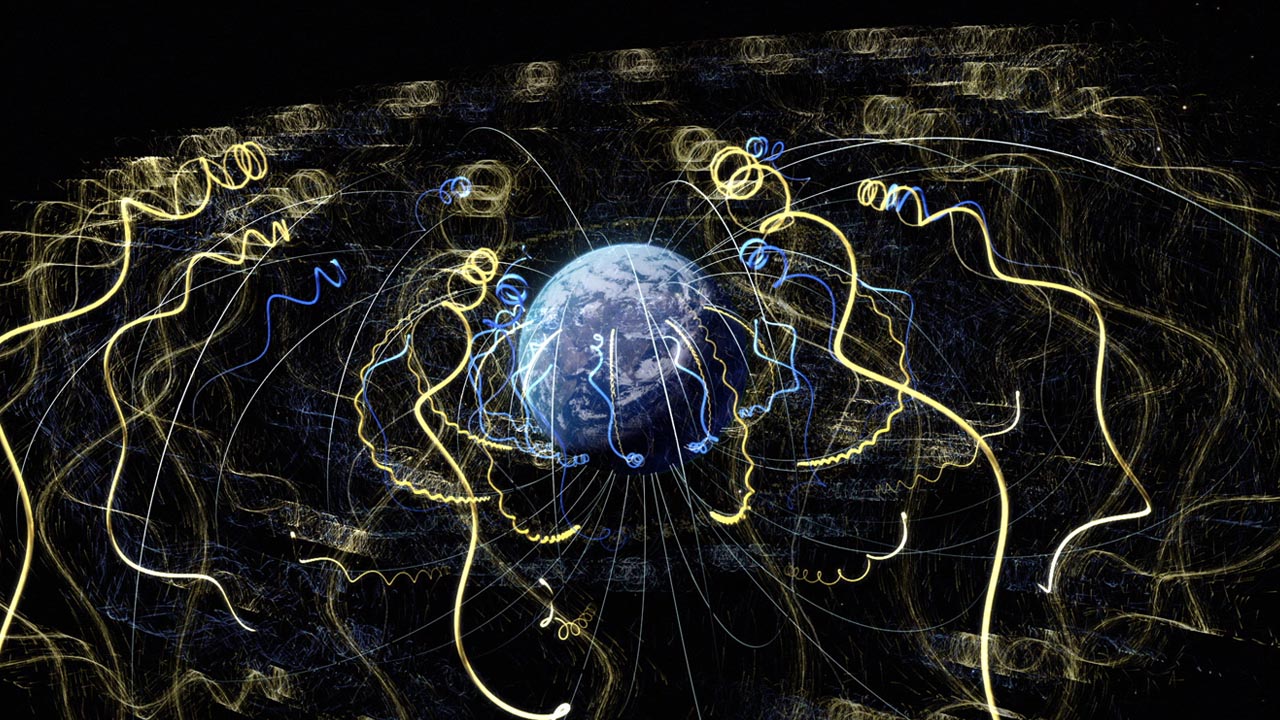
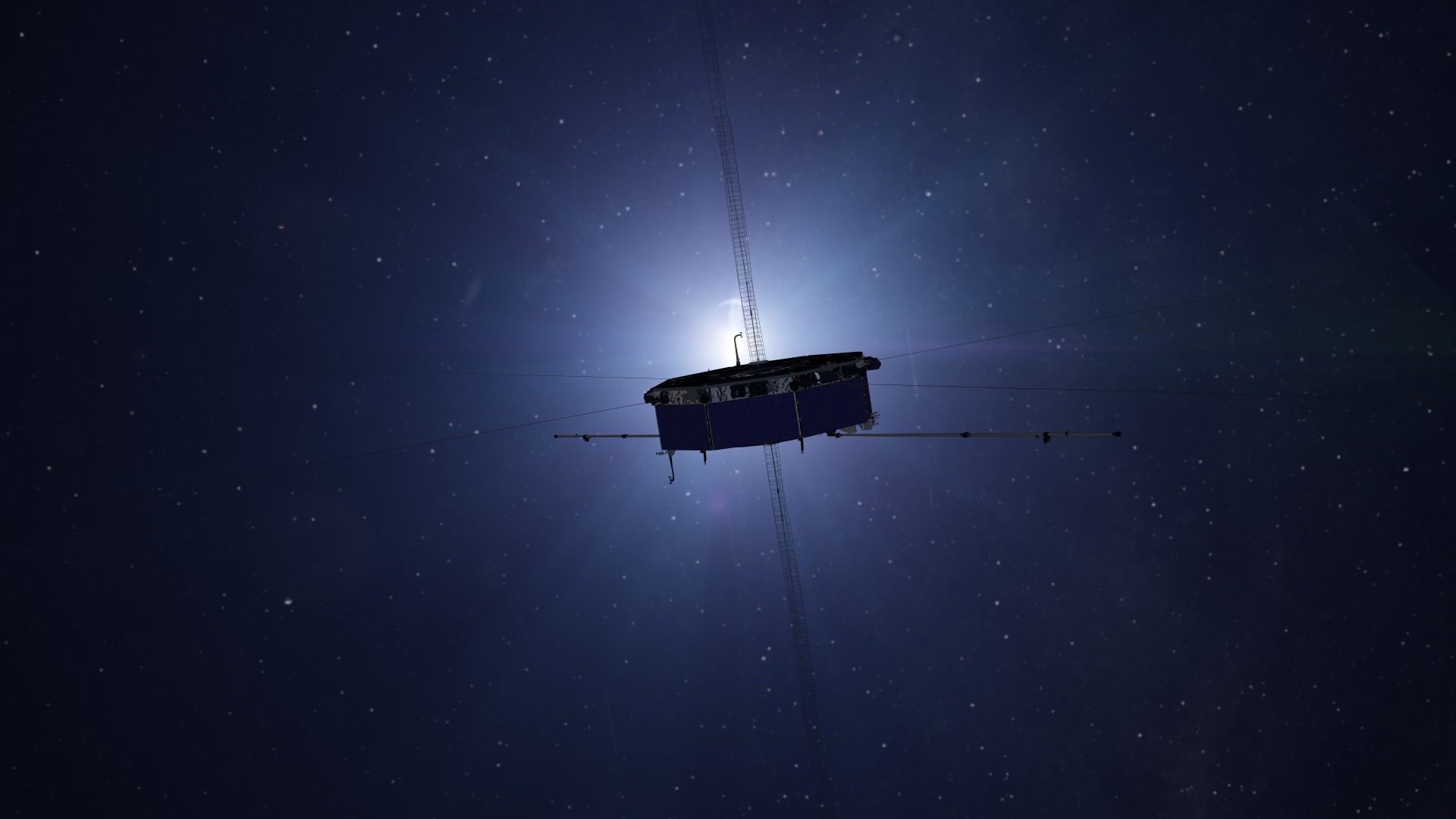
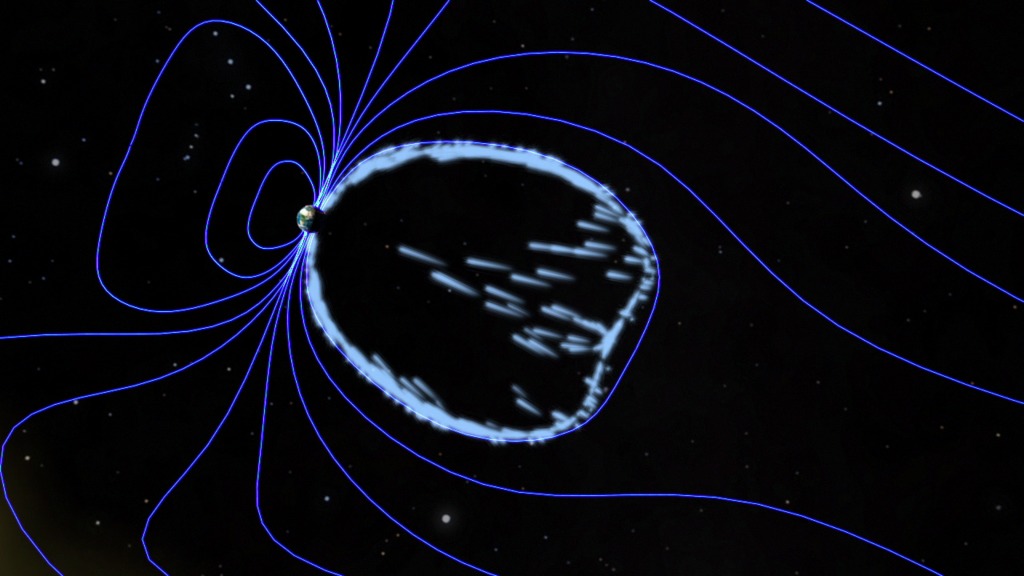
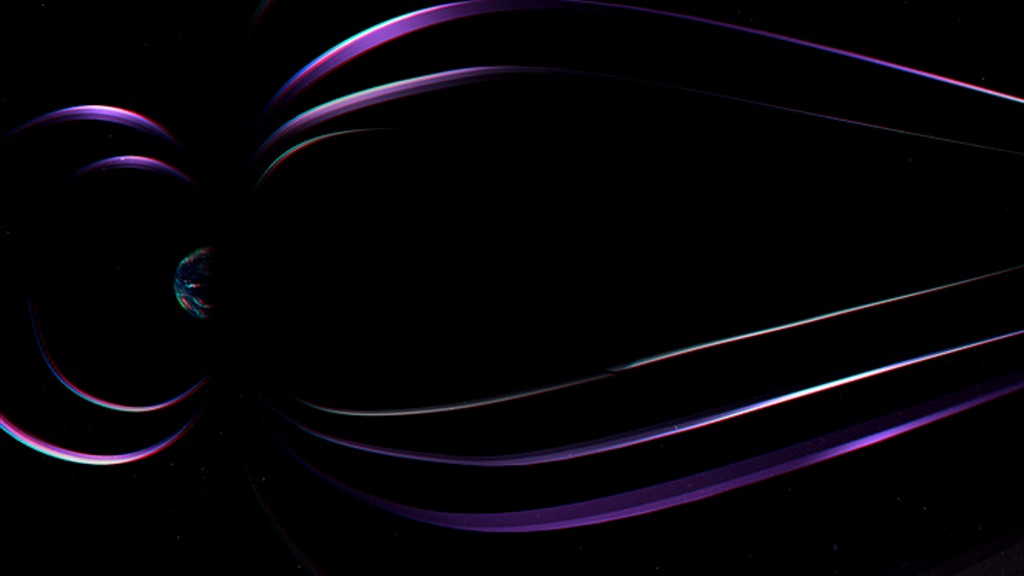
![Credit: NASA's Goddard Space Flight CenterWatch this video on the NASA Goddard YouTube channel.Music: “Nanofiber” by Andrew Michael Britton [PRS], David Stephen Goldsmith [PRS]; “Climbing the Ladder” by Jose Tomas Novoa Espinosa [BMI] via Universal Production MusicComplete transcript available.](/vis/a010000/a014300/a014392/14392_Thumbnail.jpg)
![Complete transcript available.Credit: NASA Goddard Space Flight CenterMusic credit: “Artificial Intelligence” by Matteo Pagamici [SUISA], Max Molling [SUISA] via Universal Production Music](/vis/a010000/a014200/a014299/14299_PlasmaMMS_YouTube.00420_print.jpg)